| [1] 王军,时宁文,钱红波,等.自体微小颗粒骨与骨形态发生蛋白2混合移植修复感染性骨不连[J].中国组织工程研究,2014,18(43): 6896-6901.
[2] 孙立,田晓滨,胡如印,等.pIRES-骨形态发生蛋白2质粒转染大鼠骨髓间充质干细胞后的持续表达[J].中国组织工程研究,2012, 16(27):5017-5021.
[3] 柳卫阳,肖向阳,肖龙华,等.植骨联合锁定加压接骨板内固定治疗长骨骨折术后骨不连[J].临床和实验医学杂志,2010,9(21): 1646-1647.
[4] 苏明海,马夫强,张勇,等.带桡动脉返支桡骨骨瓣加Herbert螺钉内固定治疗腕舟状骨骨不连[J].临床骨科杂志,2012,15(6): 645-646.
[5] 崔文峰,崔丙军,张振清,等.自体髂骨嵌入式植骨钢板内固定治疗四肢长骨萎缩性骨不连21例[J].南昌大学学报(医学版),2011, 51(12):81-82.
[6] 巫伟东,江正康,马树强,等.不取钉的锁定钢板内固定治疗胫骨骨折髓内钉内固定术后骨不连[J].中国骨与关节损伤杂志,2011, 26(7):630-631.
[7] 王军强,赵春鹏,龚晓峰,等.锁定加压接骨板内固定结合自体髂骨植骨治疗肱骨干骨折术后骨不连[J].中华创伤骨科杂志,2012, 14(2):127-131.
[8] 孙振中,寿奎水,韦旭明,等.膝内侧隐血管为蒂的胫骨中上段骨膜瓣移位修复股骨髁上骨不连[J].中华显微外科杂志,2011,34(6): 502-503.
[9] 刘春生,王丹,张树明,等.锁定钢板内固定治疗长骨骨折术后非感染性骨不连[J].中华创伤杂志,2011,27(10):897-900.
[10] Hannemann PF, Mommers EH, Schots JP, et al. The effects of low-intensity pulsed ultrasound and pulsed electromagnetic fields bone growth stimulation in acute fractures: a systematic review and meta-analysis of randomized controlled trials. Arch Orthop Trauma Surg. 2014;134(8):1093-1106.
[11] Mukhopadhaya J, Shivapuri S.Functional outcome after open reduction and internal fixation for symptomatic delayed union and nonunion after fracture clavicle: A series of 31 cases. Indian J Orthop. 2007;41(3):209.
[12] 张国权,韩应科,卜树田,等.绞锁髓内针治疗长骨干骨折术后骨不连补救疗法7例[J].中国美容医学,2011,20(z5):110.
[13] 李宏宇,梁斌,李丽春,等.冲击波治疗四肢骨折内固定术后骨不连的临床分析[J].中国临床新医学,2010,3(12):1168-1172.
[14] 李秋明,李新岭,高建华,等.高海拔地区交锁髓内针内固定加植骨治疗胫骨骨不连45例[J].中国骨伤,2011,24(6):468-469.
[15] 张文琮,胡和军,吴法强,等.骨皮质切剥植骨术髓内钉内固定治疗股骨骨不连[C].//江西省中医药学会2011年学术年会论文集, 2011:186-187.
[16] 王剑飞,温应辉,袁和森,等.自体髂骨移植+适当的内固定治疗难治性骨不连13例报告[J].中外健康文摘,2010,7(23):111-112.
[17] 于西平,李会杰,李特,等.股骨干骨折交锁髓内钉内固定术后迟发感染致骨不连1例[J].临床合理用药杂志,2012,5(16):44-44.
[18] Ye J, Zheng Q. Augmentative locking compression plate fixation for the management of long bone nonunion after intramedullary nailing. Arch Orthop Trauma Surg. 2012; 132(7): 937-940.
[19] Schweitzer D, Melero P, Zylberberg A,et al.Factors associated with avascular necrosis of the femoral head and nonunion in patients younger than 65 years with displaced femoral neck fractures treated with reduction and internal fixation. Eur J Orthop Surg Traumatol. 2013;23 (1):61-65.
[20] 苏建华,吴海涛.后侧置自动加压钢板配合植骨内固定治疗肱骨干骨不连的工作报告[C]//甘肃省中医药学会2010年会员代表大会暨学术年会论文集.2010:396-397.
[21] 茹江英,仓海斌,胡玉华,等.保留髓内钉附加侧板治疗股骨干非峡部段骨不连[J].中国组织工程研究,2013,17(39):6932-6939.
[22] 杨成亮,叶书熙,樊仕才,等.肱骨近端LCP(PHILOS)内固定结合自体骨移植治疗肱骨上段骨折术后骨不连[J].中国骨与关节损伤杂志,2012,27(1):66-67.
[23] 王志刚,张弛,周建平,等.双钢板治疗肱骨中下段骨折术后骨不连[J].复旦学报(医学版),2013,40(5):601-605.
[24] 陈伟,杨勇,许树宣,等.“S”形重建钢板加植骨治疗锁骨骨折内固定术后骨不连临床效果观察[J].实用医院临床杂志,2012,9(1): 118-119.
[25] 由宏博,丁洪忠,李志宏,等.11例带血管蒂的腓骨瓣移植及锁定钛板内固定治疗胫骨骨缺 损骨不连的临床分析[J].中国实用医药, 2013,8(4):129.
[26] 倪莉,杨惠林,姜为民,等.锁定加压钢板内固定联合自体髂骨植骨术治疗胫骨远端骨不连疗效观察[J].山东医药,2011,51(22): 66-67.
[27] 王海生,李长江,张国文,等.附加锁定接骨板结合自体髂骨植骨治疗股骨干骨折交锁髓内钉固定术后骨不连[J].中国骨与关节损伤杂志,2014,29(2):183-184.
[28] 周强,李颖,谢凌寒,等.锁定加压钢板内固定结合自体髂骨植骨治疗肱骨干骨折术后无菌性骨不连[J].中国骨与关节损伤杂志, 2012,27(5):456-457.
[29] 徐林,向柄彦,柏小金,等.锁定钢板内固定联合自体髂骨植骨治疗肱骨干骨不连21例分析[J].重庆医学,2014,43(15):1933-1935.
[30] Rodriguez EK, Boulton C, Weaver MJ, et al. Predictive factors of distal femoral fracture nonunion after lateral locked plating: a retrospective multicenter case-control study of 283 fractures. Injury. 2013;45 (3):554-559.
[31] Jørgensen A, Troelsen A, Ban I, et al. Predictors associated with nonunion and symptomatic malunion following non-operative treatment of displaced midshaft clavicle fractures-a systematic review of the literature. Int Orthop. 2014;38(12):2543-2549.
[32] 吕充. 交锁髓内针和加压钢板固定治疗无菌性股骨干骨折内固定失效伴骨不连的疗效观察[J].中国基层医药,2014,21(10): 1568-1569.
[33] 李朋,杜刚强,张锴,等.Ilizarov技术治疗骨不连:对“金标准”应用的解读与思考[J].中国组织工程研究,2013,17(43): 7618- 7623.
[34] 贺永祥,谢斌.金属植入物内固定治疗四肢骨折后的骨不连临床分析[J].吉林医学,2014,35(2):326-327.
[35] 姚圣,胡胜平.金属植入物内固定治疗四肢骨折后患者骨不连的临床研究[J].现代养生,2014,15(8):65-66.
[36] 文海斌,王刚.髂骨植骨术联合交锁髓内钉内固定治疗股骨干骨折术后骨不连30例[J].山东医药,2011,51(34):112-113.
[37] 王成伟,艾尔肯•阿木冬,李璐兵,等.金属植入物内固定治疗四肢骨折后的骨不连[J].中国组织工程研究与临床康复,2011, 15(9): 1667-1670.
[38] 赵春斌,宋建军,张占山,等.骨皮质剥离加Phemister植骨治疗内固定术后骨不连、骨延迟愈合[J].中国医药导报,2013,10(32): 76-79.
[39] 张华文,苏安平,杨乾滋,等.带锁髓内钉内固定加自体骨植骨治疗股骨干骨折术后骨不连[J].临床骨科杂志,2014,17(2):157-157, 158.
[40] 孔祥如,朱裕成,郑红兵,等.逆行股骨交锁髓内钉内固定治疗峡部以远股骨干骨折内固定术后骨不连[J].中国骨与关节损伤杂志, 2011,26(7):620-621.
|
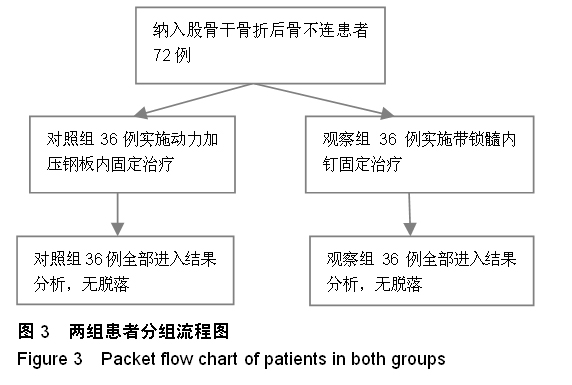
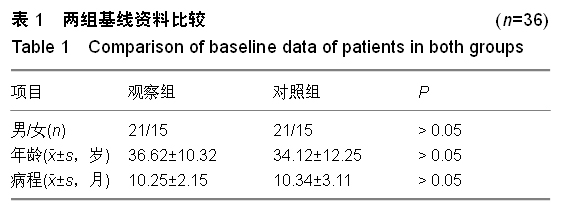
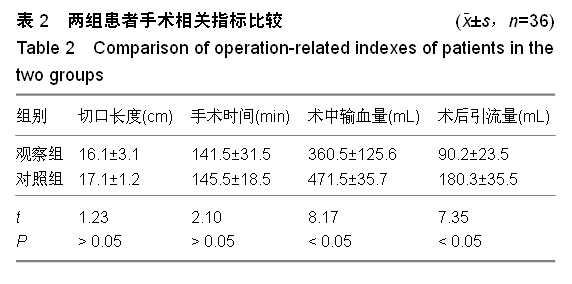
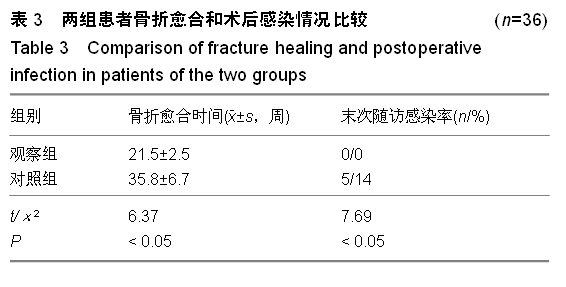
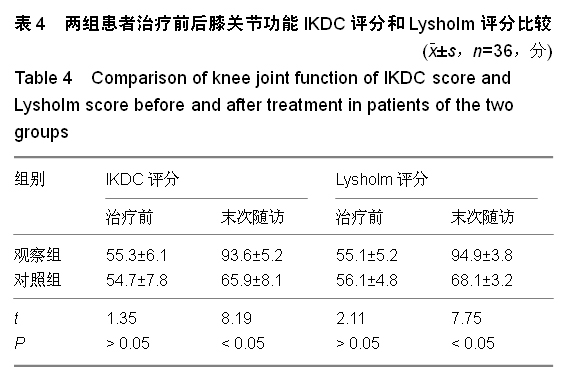
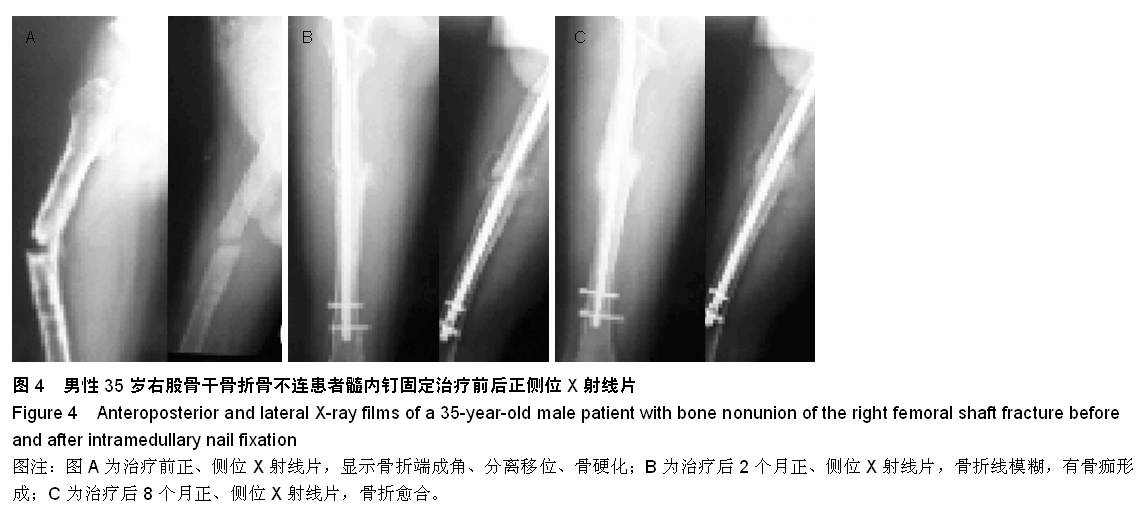
.jpg)
.jpg)